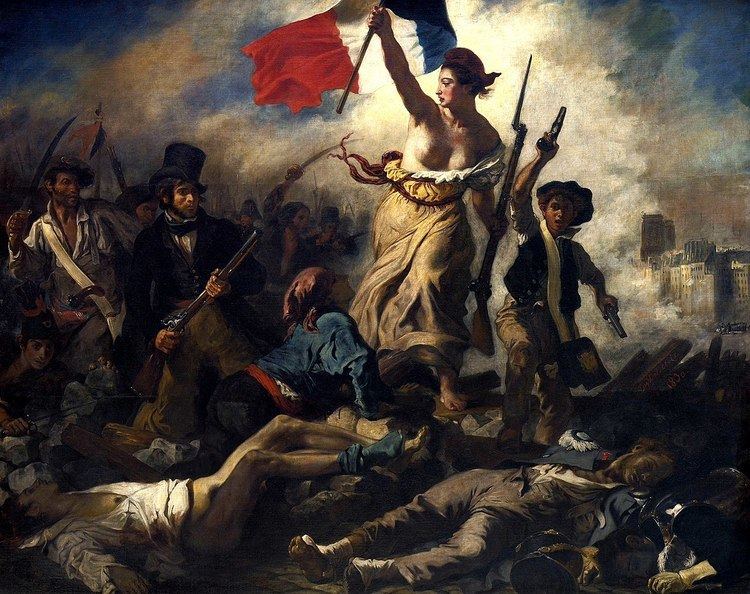 | ||
A revolutionary wave is a series of revolutions occurring in various locations in a similar time period. In many cases, past revolutions and revolutionary waves may inspire current ones, or an initial revolution inspires other concurrent "affiliate revolutions" with similar aims. Historians and political philosophers have studied the causes of revolutionary waves, including Robert Roswell Palmer, Crane Brinton, Hannah Arendt, Eric Hoffer and Jacques Godechot. The concept is important to Marxists, who see revolutionary waves as evidence that a world revolution is possible. For Rosa Luxemburg, "The most precious thing … in the sharp ebb and flow of the revolutionary waves is the proletariat's spiritual growth. The advance by leaps and bounds of the intellectual stature of the proletariat affords an inviolable guarantee of its further progress in the inevitable economic and political struggles ahead." However, the phrase also has been used by non-Marxist activists and writers, including Justin Raimondo and Michael Lind, to describe numbers of revolutions happening within a short period of time. Various examples of revolutionary waves are cited.
Contents
- Awaiting egypt s second revolutionary wave permanent revolution
- 18th century
- 19th century
- 20th century
- 21st century
- References
